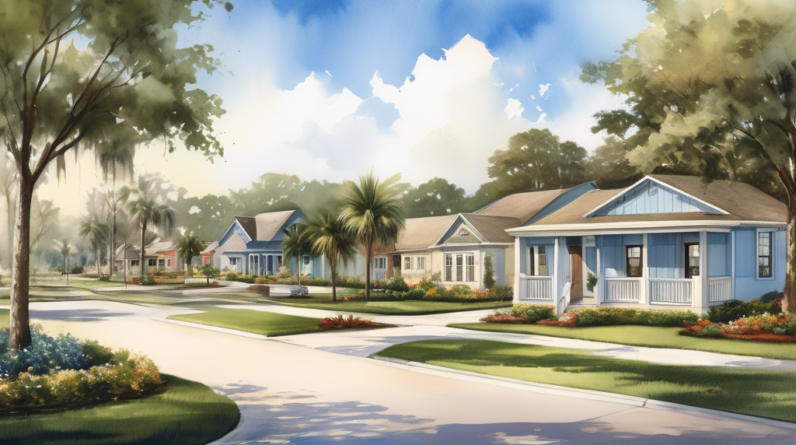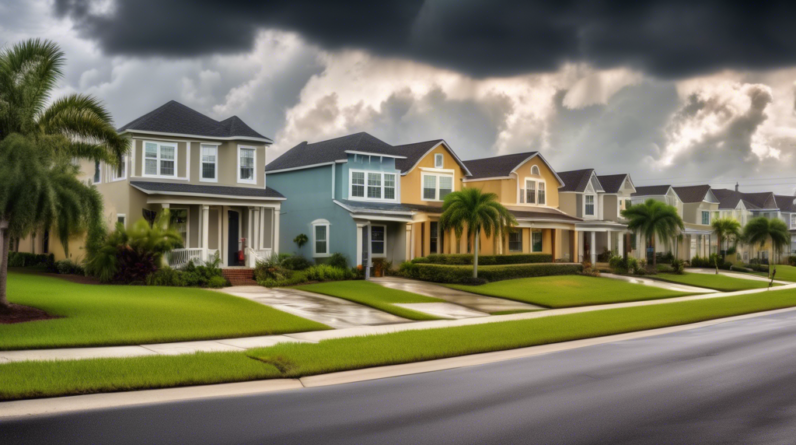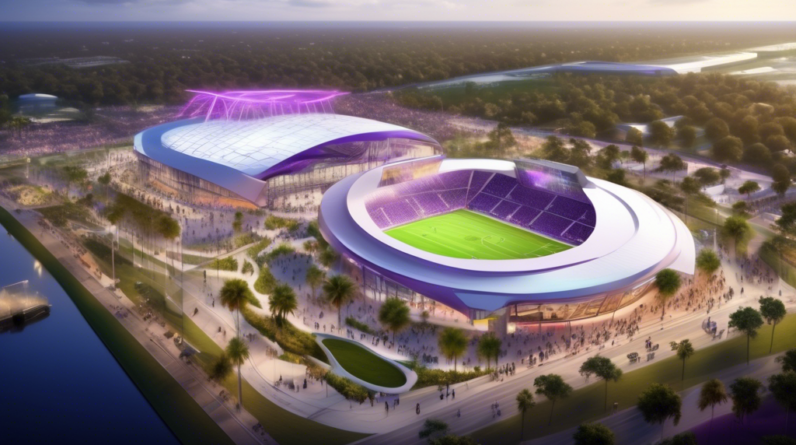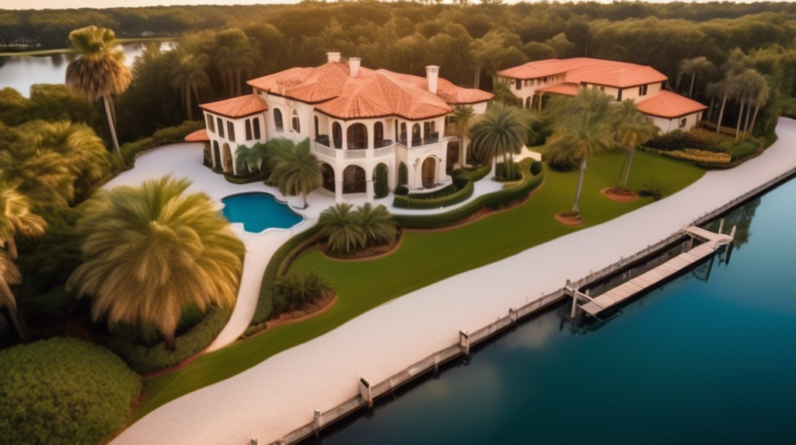The Rise of the Exurbs: A New Horizon for Urban Dwellers
In the ever-evolving landscape of urban development, the traditional dichotomy between city living and suburban life is being rewritten. An increasing number of people are turning their attention to the exurbs, areas that blend the best of urban and rural living. This trend is reshaping how many think about where to call home.
Definition and Location
Exurbs are distinctive residential zones found beyond the typical suburbs of major cities, situated at the crossroads of urban bustle and rural peace. These unique areas retain economic ties to nearby urban centers, sustaining a flow of commuters who balance working in the city with living in the country. Exurbs represent a new frontier for those seeking a diverse lifestyle, offering a retreat without severing ties to urban amenities.
Economic Connection
A key aspect of life in the exurbs is the strong economic connection to urban centers. A significant portion of residents engage in daily commutes to jobs within the city, often facilitated by major highways or transit links that make the journey more manageable. Typically, around 20% of workers residing in these areas commute into the city, maintaining a crucial economic link that supports both urban and exurban communities.
Housing Density and Population Growth
Exurbs are characterized by low housing density, providing residents with more space and privacy. This feature has attracted a substantial influx of new residents. Exurbs commonly experience rapid population growth, often outpacing the growth of their urban and suburban counterparts. For instance, during the 1990s, exurban regions in the U.S. grew at rates more than twice that of the broader metropolitan areas, highlighting their increasing appeal.
Demographics
The typical demographics of exurban communities reflect a trend toward middle-income families in search of affordable homeownership. These areas are predominantly inhabited by white, middle-income families who own homes and commute to urban jobs. The median household income in exurbs typically hovers around $65,500, supporting a lifestyle that blends affordability with access to city opportunities.
Lifestyle and Amenities
Life in the exurbs offers distinct advantages that attract many looking for a change. Residents enjoy larger lot sizes, offering greater privacy and a more rural or semi-rural ambiance. Although these areas may lack some urban amenities, such as national chain stores and extensive public transportation, they provide distinct advantages. The lower noise levels, reduced pollution, and expansive space contribute to a qualitatively different living experience, one that many find increasingly appealing.
Impact of Remote Work
The advent of remote work has catalyzed the growth of exurban areas. As flexible work arrangements become more commonplace, people have the freedom to live further from urban centers while maintaining their city-based careers. This trend has accelerated notably in the wake of the COVID-19 pandemic, as more individuals embrace a lifestyle that combines working from home with the spaciousness and tranquility of exurban living.
Challenges
Despite their appeal, the expansion of exurbs comes with challenges that necessitate careful management. Rapid population growth can strain local infrastructure, and issues of rural gentrification may arise as demand for exurban properties increases. City planners face a formidable task to integrate these fast-growing areas into sustainable metropolitan frameworks, ensuring that residents enjoy the best of both urban and rural worlds.
Future Trends
Exurbs are poised to continue their growth trajectory, drawn by the promise of affordable housing, larger living spaces, and the newfound flexibility afforded by remote work. As these areas expand, the challenge will be to manage this growth sustainably, ensuring that exurbs can successfully marry the comforts of rural life with the economic vitality of urban centers. Striking this balance will be key to future metropolitan development and the continued allure of the exurban lifestyle.







